Book Banning Reaches Historic, Ominous Levels in the US
More than 3,300 cases were recorded in public schools and libraries during the last academic year.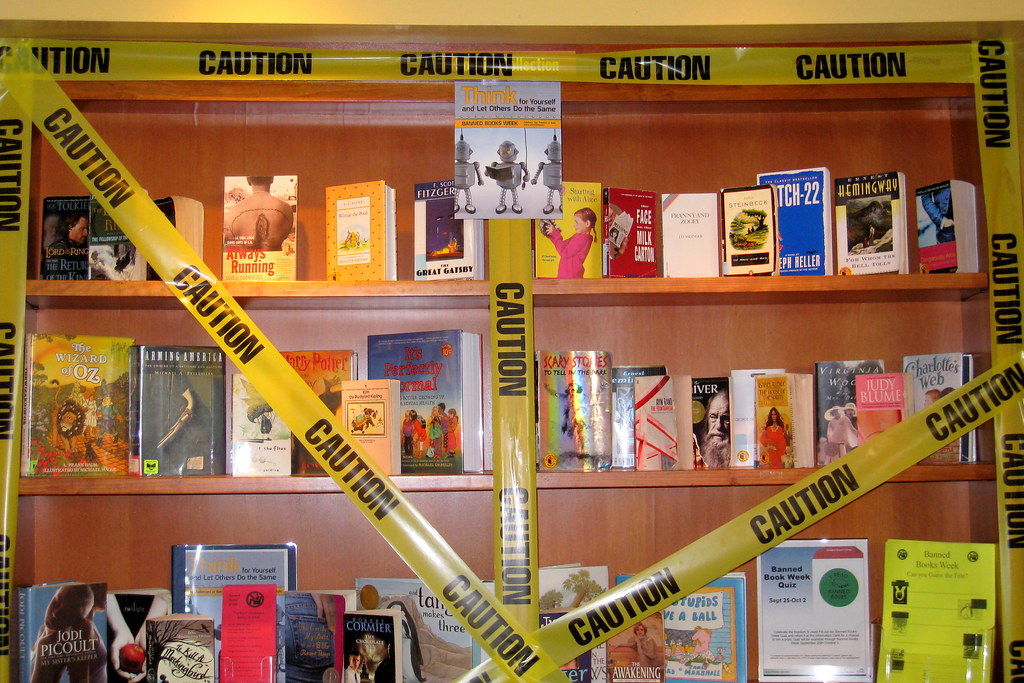 American Library Association revealed that the number of book challenges in 2022 was nearly twice the then-record total from 2021 and by far the most since the ALA had begun keeping data 20 years ago. (Photo: Flickr/cc)
American Library Association revealed that the number of book challenges in 2022 was nearly twice the then-record total from 2021 and by far the most since the ALA had begun keeping data 20 years ago. (Photo: Flickr/cc)
On May 10, 1933, the German Student Union organized a nationwide day of book burning to incinerate all books deemed incompatible with Nazi ideology, including titles by Jewish, half-Jewish, communist, socialist, anarchist, liberal, pacifist and sexologist authors. This history has never been more relevant than during the current Banned Book Week, an annual event sponsored by dozens of organizations committed to the free access of information, from the American Library Association to the National Council of Teachers of English.
This is no ordinary Banned Book Week. In the past, Americans typically lamented scattered examples of small-town libraries and prudish school boards banning books like “The Adventures of Huckleberry Finn.” Those numbers now feel quaint. Between July 2022 and July 2023, according to a startling new report by PEN America, 3,362 instances of book banning took place in U.S. public school classrooms and libraries, denying students access to 1,557 unique book titles created by 1,480 authors, illustrators and translators. This represented a remarkable 33% increase over the 2021–22 school year. The authors targeted for banning are most frequently female, people of color and/or LGBTQ+ individuals. “Amid a growing climate of censorship,” the report finds, “school book bans continue to spread through coordinated campaigns by a vocal minority of groups and individual actors and, increasingly, as a result of pressure from state legislation.”
The authors targeted for banning are most frequently female, people of color and/or LGBTQ+ individuals.
More than 40% of all book bans occurred in Florida school districts, the most of any state. PEN America recorded 1,406 book ban cases in Florida, followed by 625 bans in Texas, 333 bans in Missouri, 281 bans in Utah and 186 bans in Pennsylvania. PEN found that overwhelmingly, “book bans target books on race or racism or featuring characters of color, as well as books with LGBTQ+ characters.” In addition,
banned books also include books on physical abuse, health and well-being, and themes of grief and death. Notably, most instances of book bans affect young adult books, middle grade books, chapter books, or picture books—books specifically written and selected for younger Audiences… [More than 60 percent of book bans] occurred in eight states with legislation that has either directly facilitated book bans or created the conditions for local groups to pressure and intimidate educators and librarians into removing books.
PEN is not the only group tracking these disturbing trends. In a report issued in March 2023, the American Library Association revealed that the number of book challenges in 2022 was nearly twice the then-record total from 2021 and by far the most since the ALA had begun keeping data 20 years ago. “I’ve never seen anything like this,” said Deborah Caldwell-Stone, who directs the ALA’s Office for Intellectual Freedom. “The last two years have been exhausting, frightening, outrage inducing.”
In addition to the censors’ favorite, “The Adventures of Huckleberry Finn,” the vast majority of complaints are directed at works with LGBTIQA+ or racial themes, including Maia Kobabe’s “Gender Queer,” Jonathan Evison’s “Lawn Boy,” Angie Thomas’ “The Hate U Give” and a book-length edition of the “1619 Project,” the Pulitzer Prize-winning report from The New York Times on the legacy of slavery.
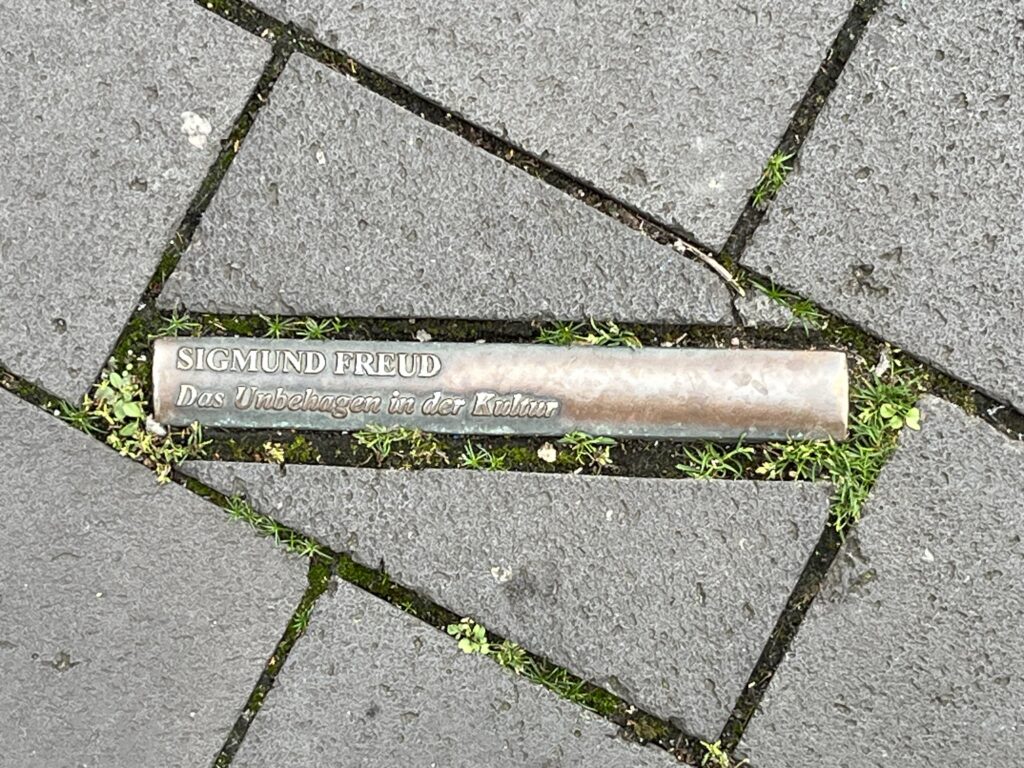
The ALA report indicates that bills facilitating the restriction of books have been proposed or passed in Arizona, Iowa, Texas, Missouri and Oklahoma, among other states. In Florida, where Gov. Ron DeSantis has approved laws to review reading materials and limit classroom discussion of gender identity and race, books pulled indefinitely or temporarily include John Green’s “Looking for Alaska,” Colleen Hoover’s “Hopeless,” Margaret Atwood’s dystopian novel “The Handmaid’s Tale” and Grace Lin’s picture story “Dim Sum for Everyone!” More recently, Florida’s Martin County school district removed dozens of books from its middle schools and high schools, including numerous works by novelist Jodi Picoult, Toni Morrison’s Pulitzer Prize-winning “Beloved” and James Patterson’s “Maximum Ride” thriller.
I recently returned from a trip to Europe that included a stop in Bonn, Germany. Our local guide paused in front of the Old City Hall and drew our attention to the cobblestones under our feet. We saw many plaques in the ground commemorating the spines of the books that had been burned on that very spot on May 10, 1933. They bore the names of authors such as Jack London, Karl Marx, Andre Gide, Ernest Hemingway and Sigmund Freud, among many more. It was not only brownshirts who partook in the burning of these books. Students and professors from the nearby college eagerly scoured their shelves and dutifully brought offending titles to add to the pile. On a previous trip to Germany, I stood in the Berlin Operplatz and looked down through a small transparent platform into an underground space filled with empty white bookshelves, accompanied by a plaque bearing the prophetic words written by Heinrich Heine, a German poet and writer whose radical political views led to many of his works being banned by German authorities.
“That was but a prelude,” he famously wrote in 1821. “Where they burn books, they will ultimately burn people.”
Your support matters…Independent journalism is under threat and overshadowed by heavily funded mainstream media.
You can help level the playing field. Become a member.
Your tax-deductible contribution keeps us digging beneath the headlines to give you thought-provoking, investigative reporting and analysis that unearths what's really happening- without compromise.
Give today to support our courageous, independent journalists.
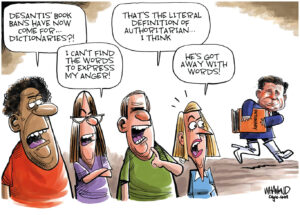

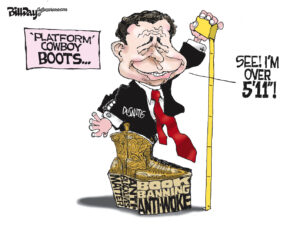
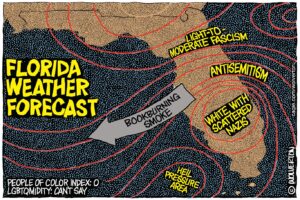
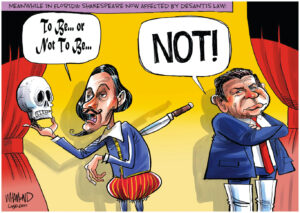
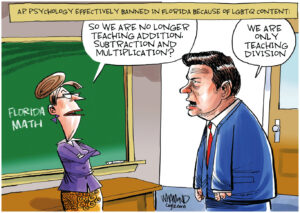
Frederic Smith
1 second ago
Just a reminder of the history of book burning. Can it be that the USA is reflecting a Nazi fascist state ? I ask myself, 'why is it that failed capitalism always seems to breed fascism' ? This link is a reminder of a nazi book burning celebration, that only nazis could appreciate. They are still with us, thanks to what can be seen as a historical failure...
Frederic Smith
1 second ago
Just a reminder of the history of book burning. Can it be that the USA is reflecting a Nazi fascist state ? I ask myself, 'why is it that failed capitalism always seems to breed fascism' ? This link is a reminder of a nazi book burning celebration, that only nazis could appreciate. They are still with us, thanks to what can be seen as a historical failure bolstered by a heartless bourgeois cynicism, murderously...
Just a reminder of the history of book burning. Can it be that the USA is reflecting a Nazi fascist state ? I ask myself, 'why is it that failed capitalism always seems to breed fascism' ? This link is a reminder of a nazi book burning celebration, that only nazis could appreciate. They are still with us, thanks to what can be seen as a historical failure bolstered by a heartless bourgeois cynicism, murderously beating in the heartless cadaver of capitalism.
f.
Just a reminder of the history of book burning. Can it be that the USA is reflecting a Nazi fascist state ? I ask myself, 'why is it that failed capitalism always seems to breed fascism' ? This link is a reminder of a nazi book burning celebration, that only nazis could appreciate. They are still with us, thanks to what can be seen as a historical failure bolstered by a heartless bourgeois cynicism, murderously...
Just a reminder of the history of book burning. Can it be that the USA is reflecting a Nazi fascist state ? I ask myself, 'why is it that failed capitalism always seems to breed fascism' ? This link is a reminder of a nazi book burning celebration, that only nazis could appreciate. They are still with us, thanks to what can be seen as a historical failure bolstered by a heartless bourgeois cynicism, murderously beating in the heartless cadaver of capitalism.
f.
https://encyclopedia.ushmm.org/content/en/gallery/book-burning-photographs.
“Where they burn books, they will ultimately burn people.”
Poignant 202 year old statement.
Ironic; if one particular book of fiction were to be banned it might stop the impetus for banning of so many others that contradict it's dogma.